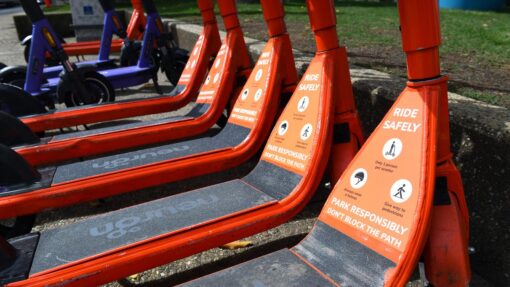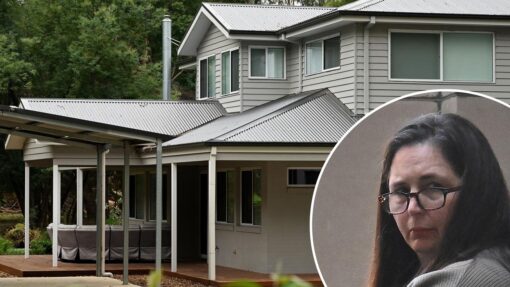Regional rehab programs face COVID stress
Stephanie Gardiner |

Jane’s adult life has been fractured by abusive relationships, ice addiction, mental illness and homelessness. There were also stints in jail.
But a six-week treatment in a regional residential program was able to start untangle her trauma, addiction, and legal issues.
Documents from Jane’s caseworker showed the 31-year-old mother, whose name has been changed to protect her privacy, has drastically reduced her dependence on drugs. She is now steering clear of the law, and has found a stable home after reuniting with her parents.
While Jane was able to get help from Lives Lived Well, a drug and alcohol support service across regional Queensland and NSW, rehabilitation organisations are one of many regional health services under increased pressure due to COVID-19.
Data from the national wastewater drug monitoring program shows that while lockdowns stymied the supply of some drugs, use of alcohol and meth, or “ice”, increased in regional areas from December 2020 to April 2021.
Lives Lived Well clinical services director James Curtain said people had turned to drugs and alcohol to deal with the fear and uncertainty of living in a pandemic.
“People are at home, they’re stressed, they’re anxious, they’re drinking more. It’s just social problems compounding,” Mr Curtain told AAP.
There are wide-spread concerns that funding for regional rehabilitation centres will be disrupted, due to the billions of dollars being directed into pandemic programs, at the precise moment that they need additional government support.
The extreme stress on the broader regional and rural healthcare sector was highlighted at a NSW parliamentary inquiry into regional and rural health that ended its public phase on Wednesday.
The inquiry was told that health staff shortages brought on by COVID-19 were so severe at some regional hospitals that paramedics had been helping deliver babies in some maternity wards.
COVID capacity limits have affected live-in rehab programs, while some services moved to telehealth, which can be less effective, particularly for remote and indigenous communities.
More than 80 people, including mothers with young children, are being supported by phone services while they wait for a place at rehabilitation facilities in western NSW.
Many staff in Queensland have recently tested positive to COVID-19, disrupting community services, particularly on the Gold Coast.
“It’s hard to watch these big groups of people who would benefit from a really strongly evidence-based program who can’t access it,” Mr Curtain said.
“We’re asking staff to step up at a time when the demand is increasing, but with no increased resources – it’s really tough.”
The NSW government is working on a long-awaited response to a 2019 inquiry into the widespread use of ice and its disturbing social impacts.
One community member told that inquiry: “Our people are being hurt every day, every second, every minute, every hour of every day right now, and it’s not just the people that are using ice. It’s all of us.”
The inquiry’s commissioner made 109 recommendations to the state government, which includes education programs to reduce stigma.
“We are optimistic, even though it’s certainly taking longer than we would have hoped,” Mr Curtain said of the government response.
“Once you start thinking of it as a health issue, you can start to build a framework that’s high impact and definitely worth an investment from government.
“There’s a great opportunity for the government here to rise to this challenge.”
AAP


